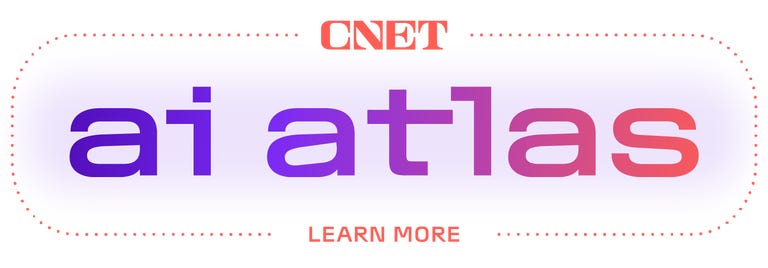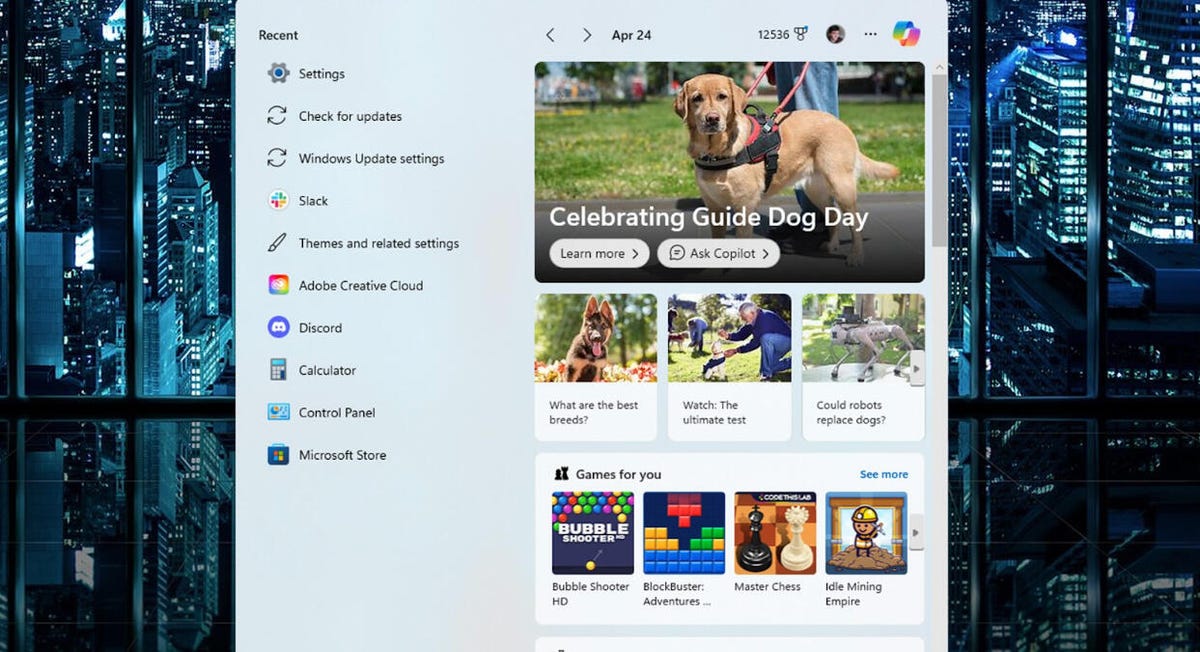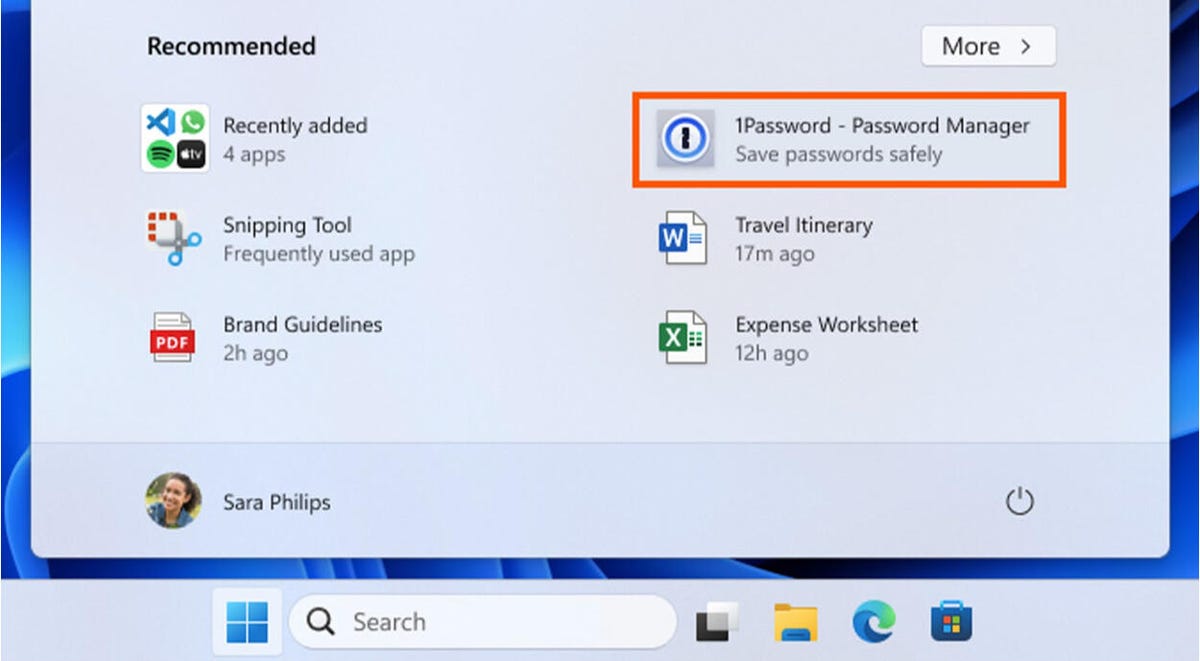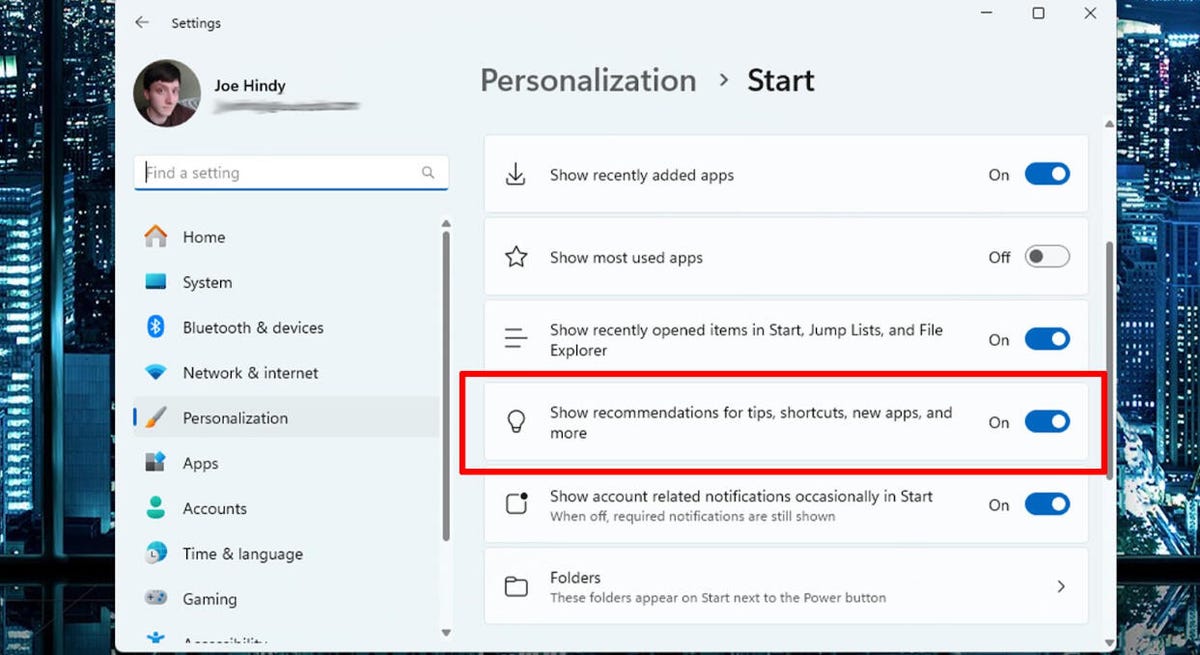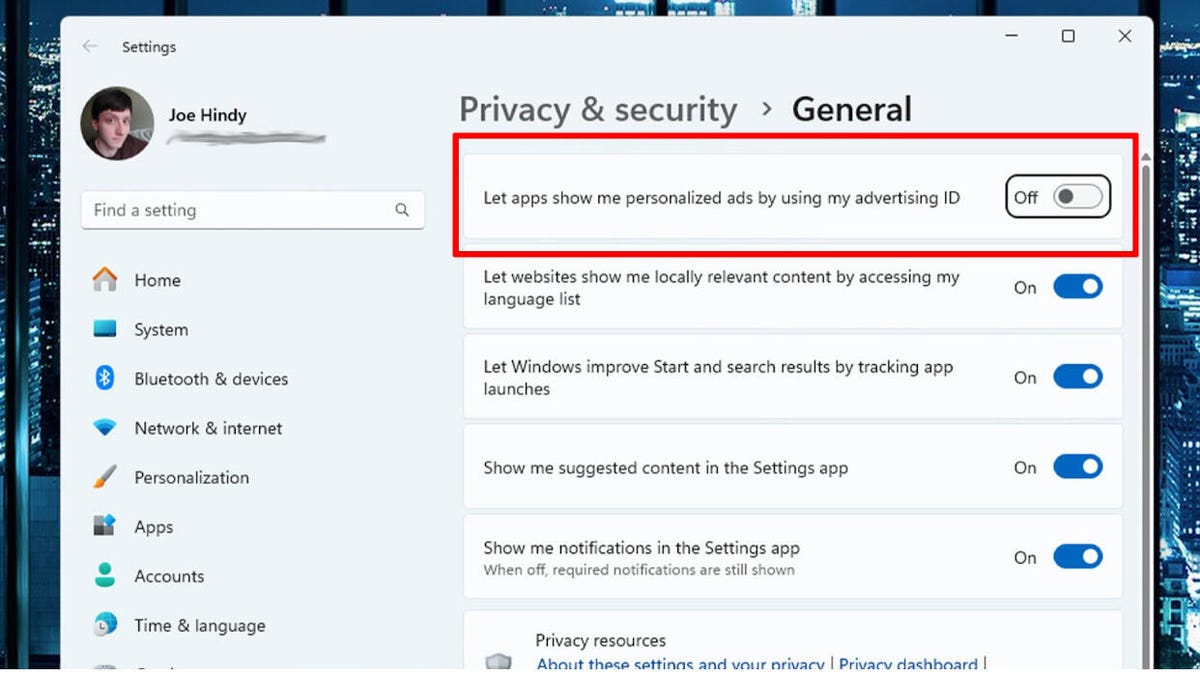To the surprise of no one, the Chicago Bears selected quarterback Caleb Williams from USC with the first pick of the 2024 NFL Draft. Two other quarterbacks followed in the next two picks, with Jayden Daniels from LSU going to the Washington Commanders and North Carolina’s Drake Maye going to the New England Patriots. Six quarterbacks went in the first 12 picks, with the most shocking being the Atlanta Falcons selecting Michael Penix Jr. with the No. 8 pick, after signing veteran QB Kirk Cousins last month.
More players will find their NFL homes tonight when the NFL Draft resumes with rounds 2 and 3 at 7 p.m. ET (4 p.m. PT). Here’s everything you need to know to watch all the action without cable.

How can I watch the NFL draft live?
Watch live for free: ABC is airing all three days of the draft. If you have an over-the-air antenna hooked up to your TV and get your local ABC station, you can watch for free.
Subscription options: The NFL draft will be broadcast on ABC, ESPN, ESPN2 and NFL Network. There will also be a livestream on the WatchESPN app or the NFL Mobile app (or ESPN.com or NFL.com). One caveat: You will need to prove you have a TV subscription (from a cable or satellite provider or live TV streaming service) that includes ESPN or the NFL Network in order to watch live on either app.
Cable TV cord-cutters have a number of options for watching the draft via a live TV streaming service, detailed below.
When does the NFL draft start?
The NFL draft continues this evening on ABC, ESPN2 and NFL Network. Here’s the TV schedule (all times ET):
Friday, April 26
- Rounds 2 and 3: 7 to 11:30 p.m. on ABC, ESPN2 and NFL Network.
Saturday, April 27
- Rounds 4 to 7: Noon to 7 p.m. on ABC, ESPN and NFL Network.
On ESPN, Mike Greenberg will serve as host for the first two nights of the draft alongside Mel Kiper Jr., Louis Riddick, Booger McFarland, Adam Schefter and Molly McGrath.
On ABC, Rece Davis will host with Kirk Herbstreit, Desmond Howard and Field Yates from one set, and Sam Ponder and Robert Griffin III reporting from another set. For Day 3 of the draft on Saturday, ABC and ESPN will combine forces with Davis, Kiper, Riddick and Yates covering rounds 4 through 7.
On the NFL Network, Rich Eisen will lead coverage featuring Daniel Jeremiah, Charles Davis, Kurt Warner, Joel Klatt and Ian Rapoport.
What’s the draft order for the second round?
After 32 players came off the board in the first round last night, the Bills are on the clock and pick first tonight with the 33rd overall selection. Here’s the draft order for the first 10 picks in round 2:
33. Buffalo Bills (from Carolina)
34. New England Patriots
35. Arizona Cardinals
36. Washington Commanders
37. Los Angeles Chargers
38. Tennessee Titans
39. Carolina Panthers (from NY Giants)
40. Washington Commanders (from Chicago)
41. Green Bay Packers (from NY Jets)
42. Houston Texans (from Minnesota)
You can track all of the picks with ESPN’s DraftCast.
What are the draft grades so far?
The Bears earned high marks for selecting Caleb Williams with the first overall pick and then pairing him with receiver Rome Odunze from Washington, who they got with the ninth pick. The draft’s other top pass catchers also earned their new teams top grades, including the Cardinals picking Marvin Harrison Jr. from Ohio State with the fourth pick, the Giants selecting Malik Nabers from LSU with the sixth pick and the Las Vegas Raiders nabbing tight end Brock Bowers from Georgia with the 13th pick.
The draft’s first defensive player wasn’t taken until edge rusher Laiatu Latu from UCLA went to the Colts with the 15th pick, a pick that was generally graded positively.
Both the Falcons’ choice of Penix Jr. with the eighth pick and the Broncos opting for Bo Nix from Oregon four selections later received poor marks, with most draft experts considering each pick a reach.
For more, check out the first-round grades from The Ringer, PFF, Bleacher Report and NFL.com.
All of the live TV streaming services above offer free trials, allow you to cancel anytime and require a solid internet connection. Looking for more information? Check out our live-TV streaming services guide.







